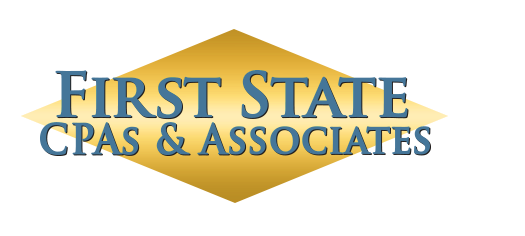Juggling high healthcare deductibles?
An HSA could be a good option for reducing those.
An HSA, in very simple terms, is like a piggy bank for your health. It's a savings account for individuals with High Deductible Health Plans (HDHPs). It allows you to pay high deductibles using your pre-tax dollars.
Note: Any contributions you make for the 2025 tax year can be pre-tax (if through an employer) or tax-deductible (if personal contributions) — distributions for medical expenses are tax-free.
(The maximum you can contribute for 2025 is $4,300 for self-only or $8,550 for family coverage.)
Unlike flexible spending accounts (FSAs), HSAs don't have a use-it-or-lose-it rule. HSA funds carry over year after year.
And, after you turn 65, funds can be withdrawn for non-medical purposes — with income tax tacked on.
... See MoreSee Less
- likes 0
- Shares: 0
- Comments: 0
0 CommentsComment on Facebook
Meeting year-end payroll requirements is non-negotiable for compliance. Before the books close on 2025, set aside time to ensure you complete these three crucial steps:
𝗩𝗲𝗿𝗶𝗳𝘆 𝗗𝗮𝘁𝗮: Reconcile employee information, pay records, and tax rate changes.
𝗜𝘀𝘀𝘂𝗲 𝗙𝗶𝗻𝗮𝗹 𝗣𝗮𝘆𝗺𝗲𝗻𝘁𝘀: Determine and process payments for unused PTO and final checks for owners/employees.
𝗔𝘂𝗱𝗶𝘁 𝗳𝗼𝗿 𝗪-𝟮𝘀: Run one last audit to confirm all information is 100% accurate for proper W-2 reporting.
Let us know if you need help checking these off the list.
... See MoreSee Less

0 CommentsComment on Facebook
The last few weeks of 2025 are here. Let's make sure your taxes and finances are driving you toward your future, not holding you back.
Try this exercise:
1. Write down your long-term vision (financial security, career shift, major purchase).
2. List three concrete actions you can take 𝗧𝗛𝗜𝗦 𝗠𝗢𝗡𝗧𝗛 to move toward it.
Now, ask yourself:
A) Am I fully prepared for 2026?
B) Do I have a clear financial map?
C) Can I do this on my own to close the gap?
If you said "no" to any of these, reach out.
Year-end tax planning is essential to funding your future goals. Let's schedule a session to review your final 2025 numbers and strategize for 2026.
... See MoreSee Less

0 CommentsComment on Facebook
Here are 10 smart ways to reduce your 2025 tax bill (and they're still doable right now!):
1. Max out your 401(k) retirement savings now.
2. Contribute the maximum amount to your IRA.
3. Use up your Flexible Spending Account (FSA) funds before they expire.
4. Maximize your contributions to your Health Savings Account (HSA).
5. Sell losing investments to offset any capital gains you realized.
6. Donate to charity and save on your taxes at the same time.
7. Pre-pay any remaining property taxes if you plan to itemize.
8. Pre-pay medical bills to try and meet the 7.5% AGI deduction threshold.
9. Avoid the gift tax by keeping gifts under $19,000 per person.
10. Get all your tax documents and receipts organized this week.
DM us if you want help with any of these before December 31.
... See MoreSee Less
0 CommentsComment on Facebook
What financial milestone are you most proud of this year?
We'd love to hear about the forward steps you’ve taken in 2025.
... See MoreSee Less
0 CommentsComment on Facebook
Many small businesses assume hackers won’t bother with them. But 75% of small businesses experienced at least one attack last year. And 60% of those that suffered an attack didn’t make it six months afterwards.
If you want to strengthen your defenses, start with these foundational moves:
1. A written data protection policy
2. Reliable backups (cloud + offline)
3. Encryption for devices and sensitive information
4. Activity monitoring so you catch issues early
5. Secure software with the right compliance safeguards
We've seen the financial chaos cyber incidents can create, and we can tell you this: protecting your data is protecting your business.
... See MoreSee Less
0 CommentsComment on Facebook
AI can handle plenty of straightforward tasks now. But what about the parts of your financial life that 𝘢𝘳𝘦𝘯’𝘵 straightforward?
That’s where human insight still matters... especially in tax work.
... See MoreSee Less

AI Has Exposed the Illusion of Work
www.inc.com
It’s a ‘realization that feels strange at first, but it’s also freeing.’0 CommentsComment on Facebook
